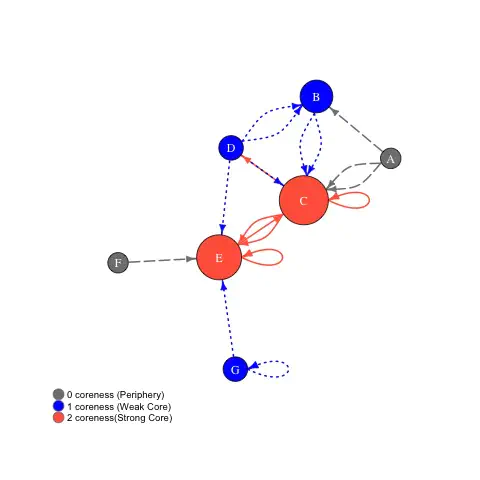Characterizing the Regional Structure in United States: A county-based analysis of labor market centrality

Abstract
Categorizing places based on their network connections to other places in the regiom reveals not only population concentration but also economic dynamics that are missed in other typologies. The US Office of Management and Budget categorization of counties into metropolitan/micropolitan central/outlying is widely seen as insufficient for many analytic purposes. In this paper we use coreness index from network analysis to identify labor market centrality of a county. We use county-to-county commute flows, including internal commuting, to identify regional hierarchies. Indicators broken down by this typology reveal counterintuitive results in many cases. Population size and level of urbanisation is largely irrelevant to strong core counties. Employment in these strong core counties grew faster in the post-recession (2008-2015) than other types, that is missed by other typologies, suggesting that this categorization may be useful for regional analysis and policy.